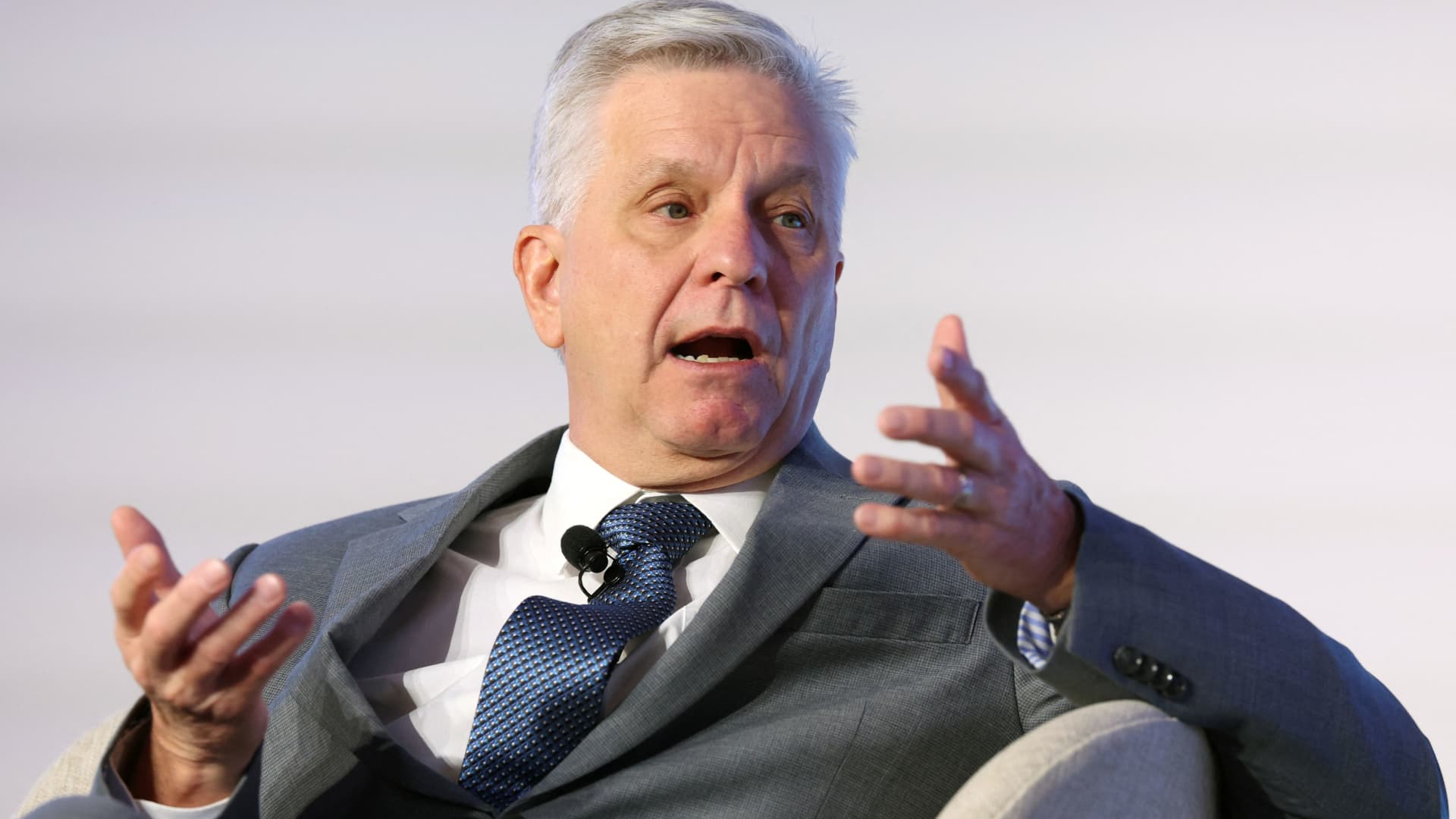Federal Reserve Governor Christopher Waller said Thursday that the central bank could lower interest rates multiple times this year if inflation eases as he is expecting.
In a CNBC interview, the policymaker said he expects the first cut could come in the first half of the year, with others to follow so long as economic data on prices and unemployment cooperate.
“As long as the data comes in good on inflation or continues on that path, then I can certainly see rate cuts happening sooner than maybe the markets are pricing in,” Waller said during a “Squawk on the Street” interview with Sara Eisen.
Asked how many that could entail, he responded, “That’s all going to be driven by the data. I mean, if we make a lot of progress, you could do more,” which he said could mean three or four, assuming quarter percentage point increments.
“If the data doesn’t cooperate, then you’re going to be back to two and going maybe even one, if we just get a lot of sticky inflation,” he said.
Traders increased their bets for a slightly more aggressive pace of rate cuts following Waller’s remarks. Market-implied odds for a May move rose to about 50%, though June appeared to be the better bet, according to CME Group data. Expectations for a second reduction by the end of the year rose to about 55%, or about 10 percentage points higher than before he spoke.
At the core of Waller’s hopes for easing is a belief that inflation will ease further as the year goes on, despite several months’ of data showing stickiness in some key prices. The consumer price index slowed to a 3.2% core reading, excluding food and energy, for December, down 0.1 percentage point from the prior month though still well above the Fed’s 2% target.
“Right now, I think inflation is going to continue to come in towards our target. The year over year, stickiness that we saw in 2024 I think will start to dissipate,” he said. “So I may be a little more optimistic about inflation coming down than the rest of my colleagues, and that’s what’s driving my outlook for the path for policy.”
At the December meeting, Federal Open Market Committee members penciled in two cuts for 2025, though commentary after the meeting has pointed toward a cautious and patient approach.
The FOMC next meets Jan. 28-29, with markets pricing in almost no chance of a move.
“Well, January, we need to kind of see what’s going to happen. … We’re in really no rush to do things,” Waller said.

 Blog Post1 week ago
Blog Post1 week ago
 Economics1 week ago
Economics1 week ago
 Finance1 week ago
Finance1 week ago
 Personal Finance1 week ago
Personal Finance1 week ago
 Accounting1 week ago
Accounting1 week ago
 Economics1 week ago
Economics1 week ago
 Personal Finance6 days ago
Personal Finance6 days ago
 Personal Finance1 week ago
Personal Finance1 week ago










